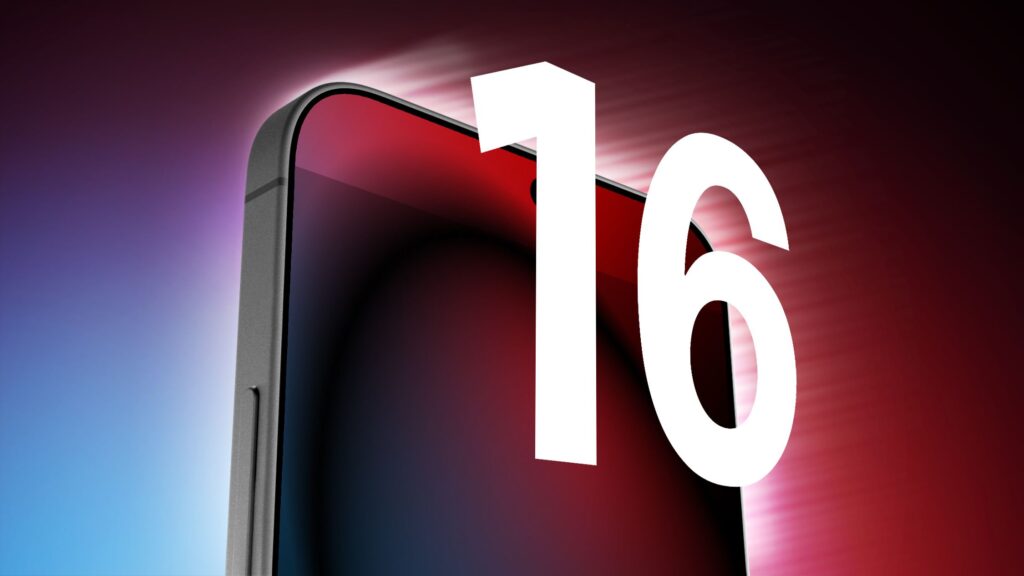Apple’s iPhone 16 series, set to be released next year, is anticipated to embrace a uniform stacked rear camera sensor design, says Ming-Chi Kuo, a renowned Apple industry analyst. This move follows the design’s initial introduction in the standard iPhone 15 models of this year.
Feature Highlight of iPhone 15 The upcoming lower-end iPhone 15 and iPhone 15 Plus models are slated to have a 48-megapixel rear camera lens equipped with a stacked CMOS image sensor (CIS) design, facilitating enhanced light capture.
The limited production yield of the new sensor design may have deterred Apple from incorporating it across the entire iPhone 15 series this year. Nevertheless, despite Sony’s high-end CIS capacity expected to be under strain until 2024, Apple has managed to secure the majority of Sony’s orders in advance.
Kuo suggests that Sony’s strained capacity may prove beneficial for competitor Will Semi, which is likely to secure more high-end CIS orders from Chinese smartphone brands as a result.
Speculations hint that the 48-megapixel wide-angle camera to be deployed in the iPhone 16 Pro Max will feature an eight-part hybrid lens with two glass elements and six plastic elements. The telephoto and ultra-wide camera lenses are also set to receive enhancements.
The iPhone 16 Pro and iPhone 16 Pro Max are both likely to be outfitted with periscope telephoto lenses in 2024. However, due to size limitations, only the iPhone 15 Pro Max will receive the new camera technology in 2023.







